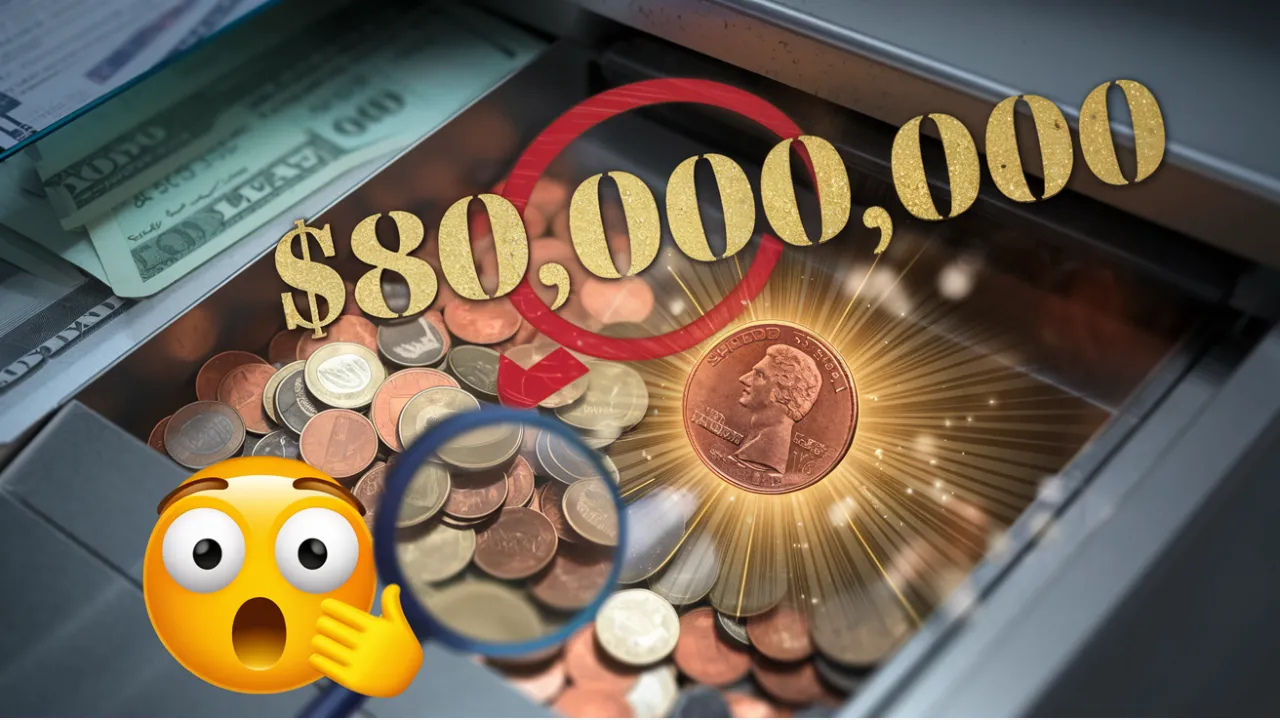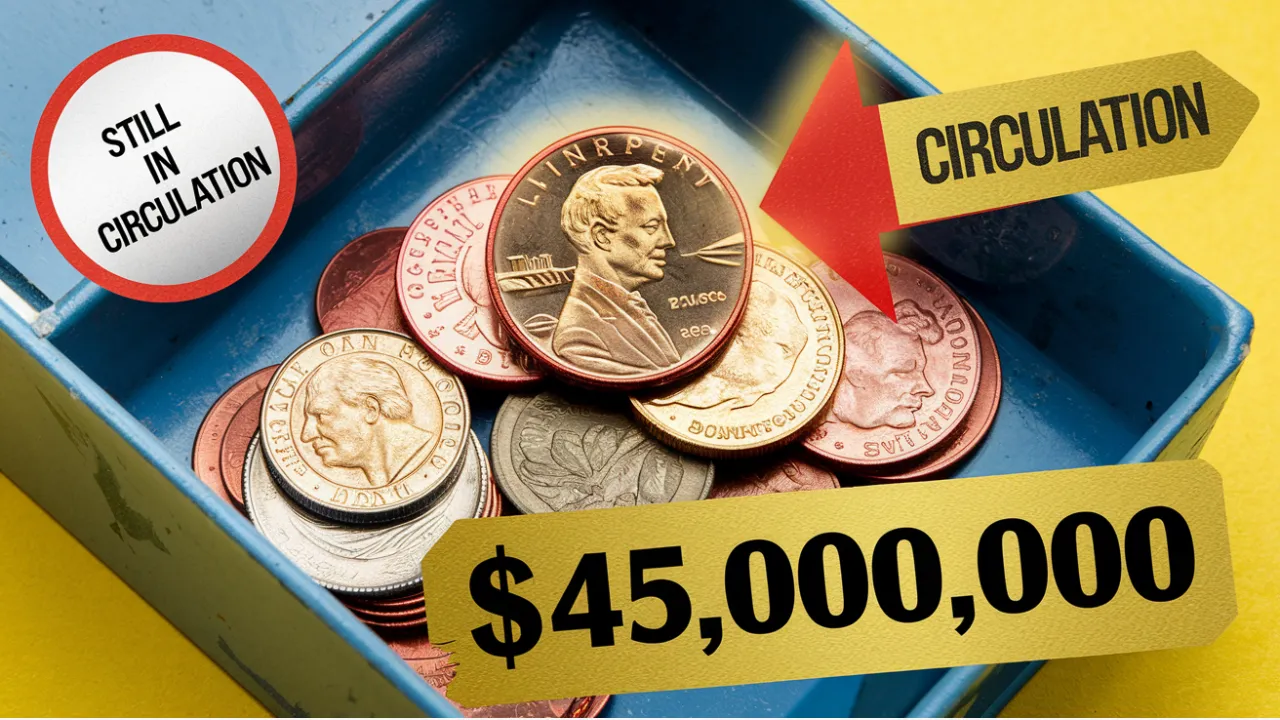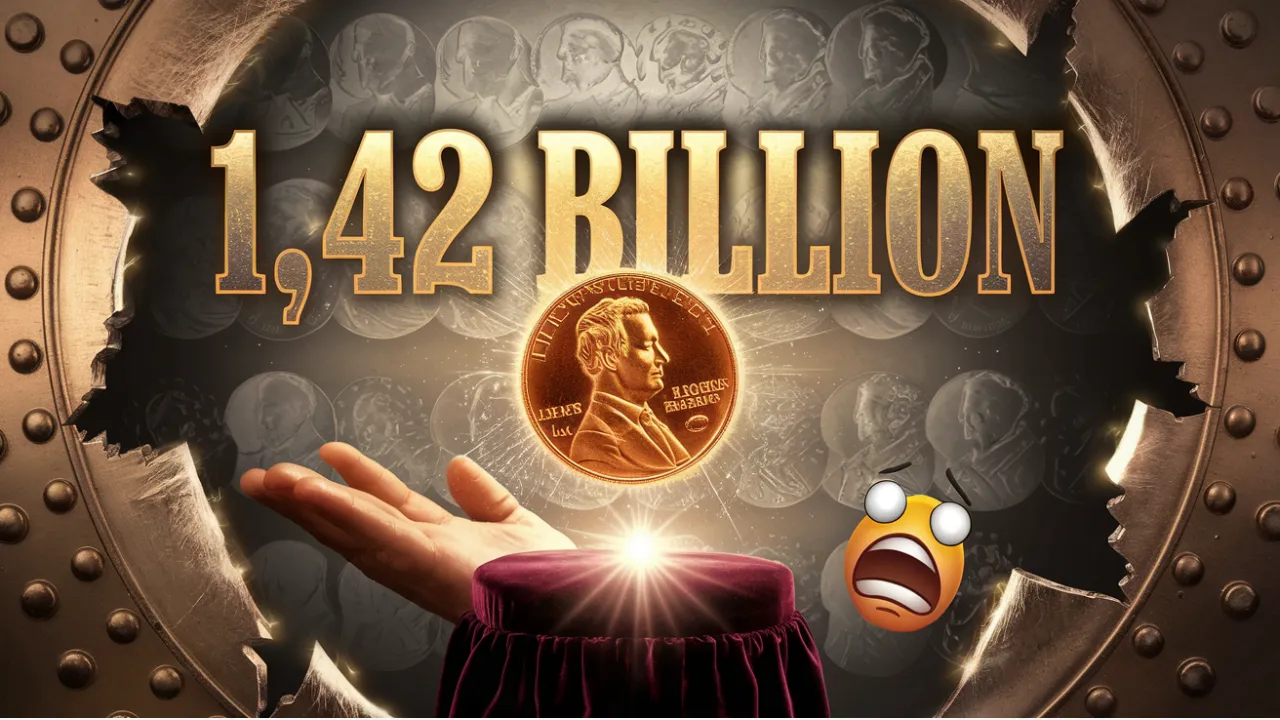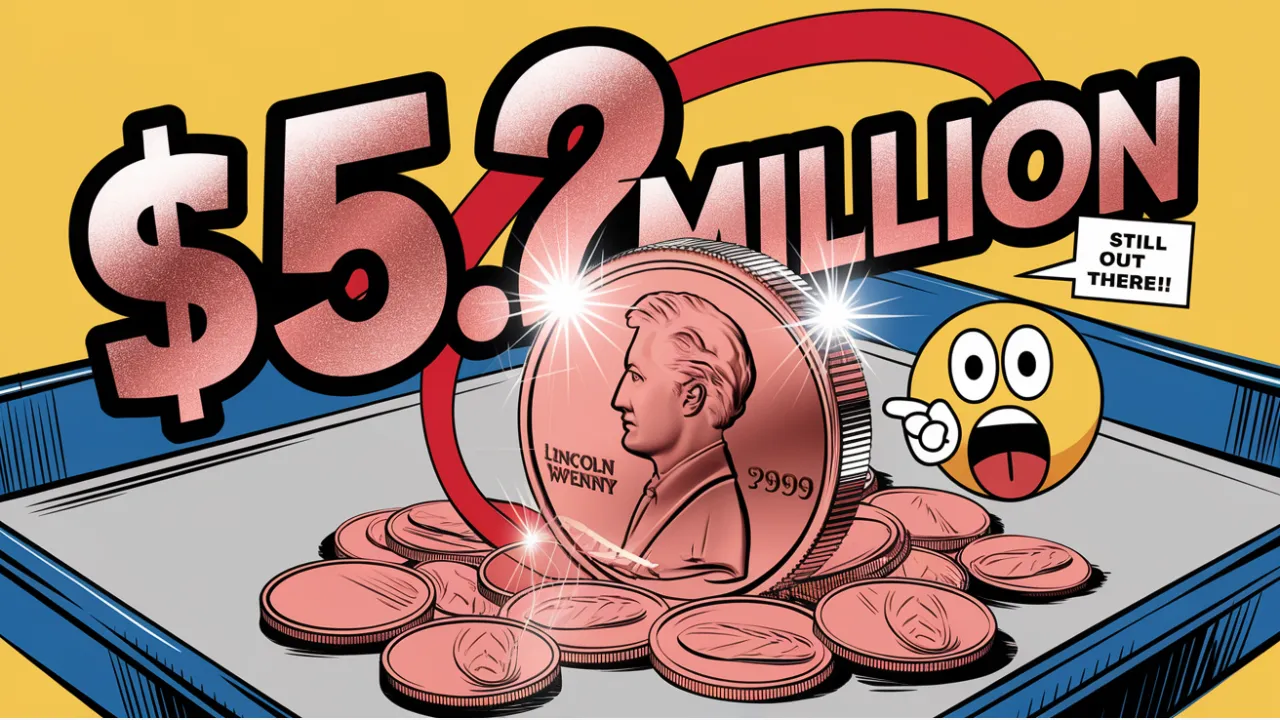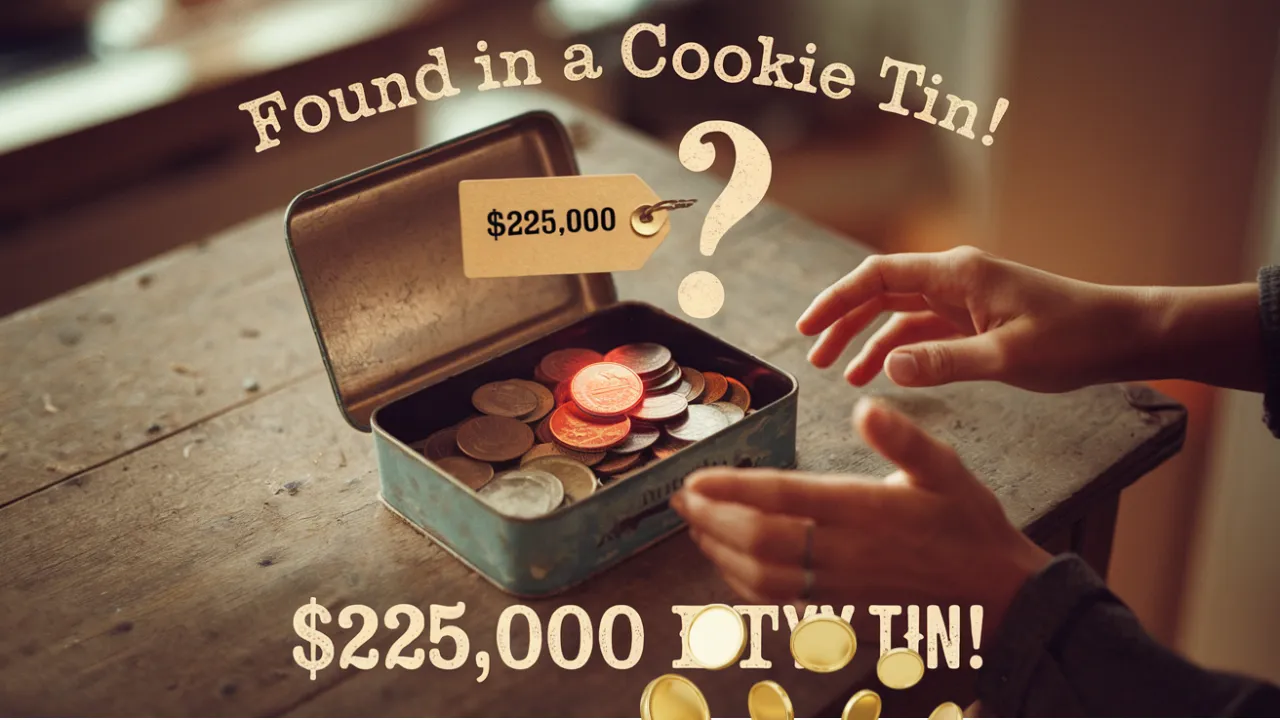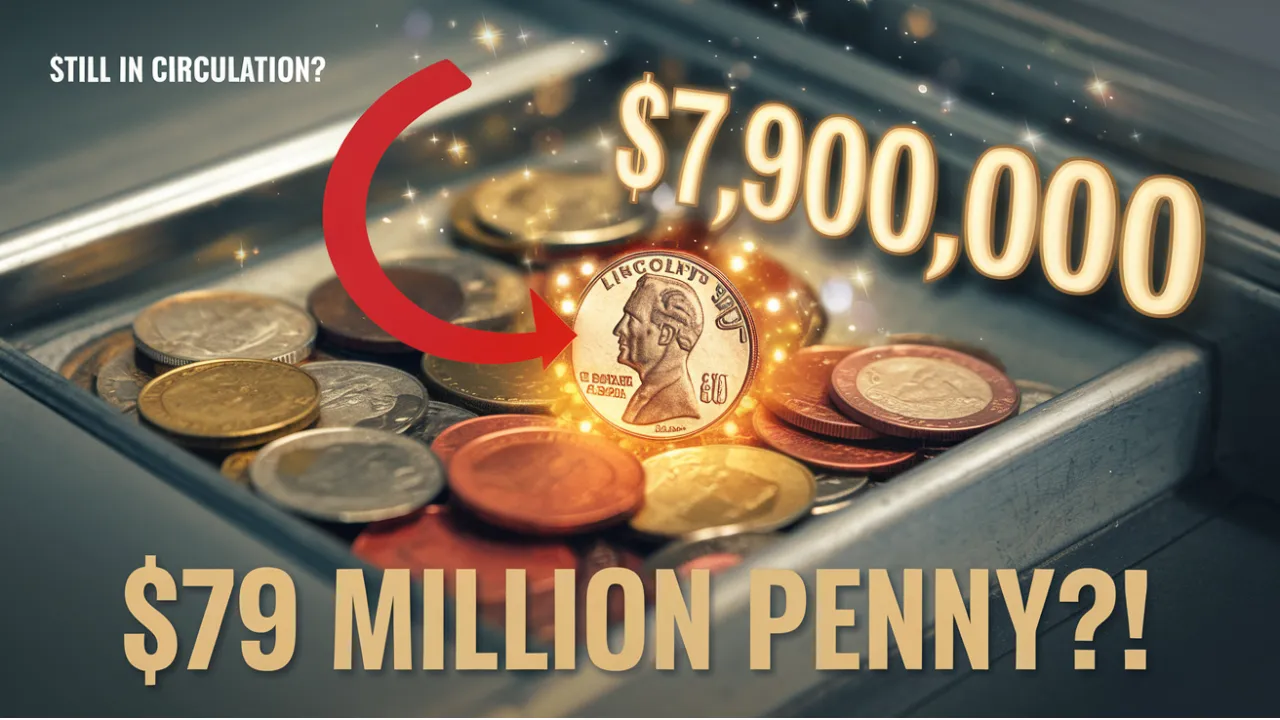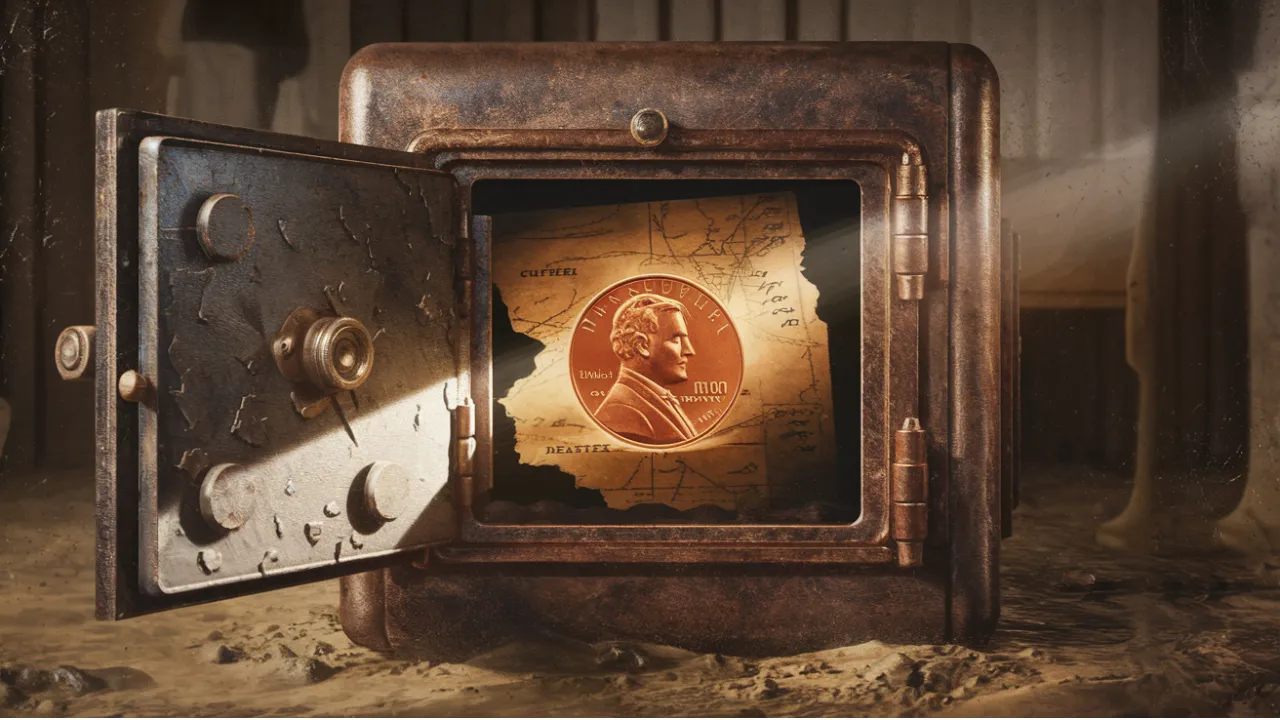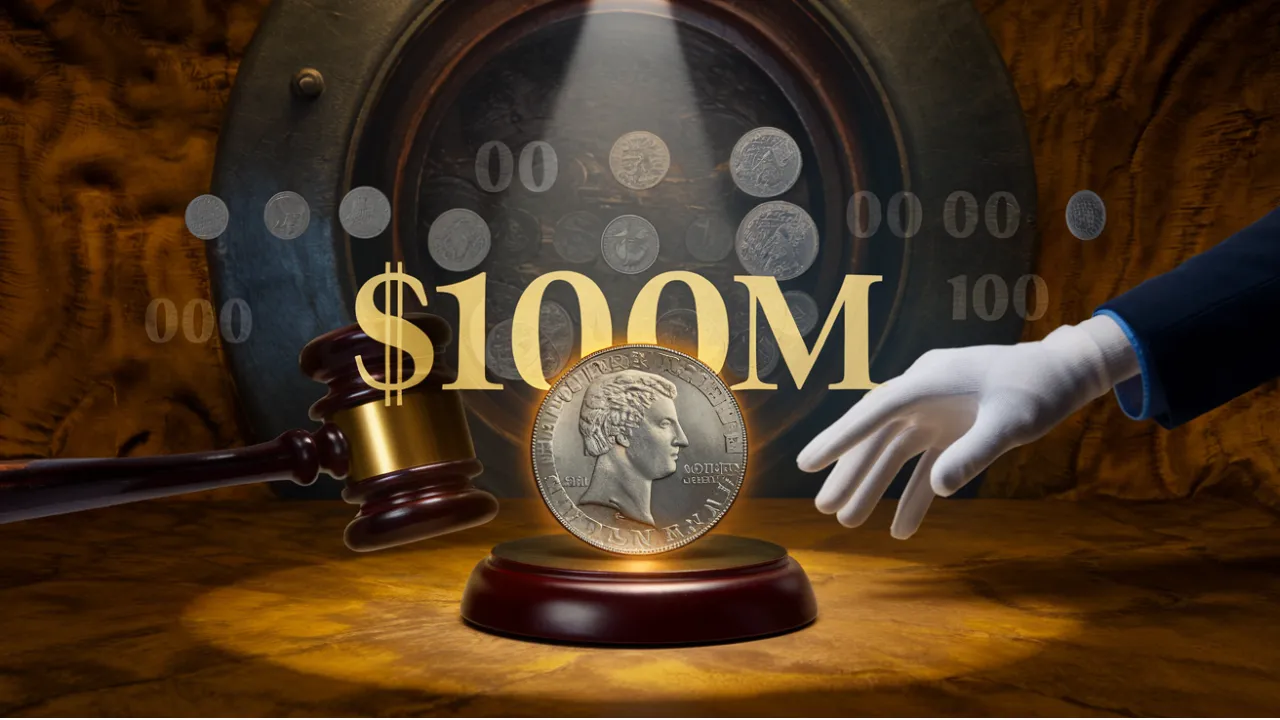The Lincoln Wheat Penny Valued at $80 Million: Imagine finding a penny in your pocket change that’s worth a staggering $80 million. It sounds unbelievable, right? But that’s exactly the case with a rare Lincoln Wheat Penny still believed to be in circulation. This unassuming little coin, often overlooked by many, has become one of the most sought-after treasures in the world of coin collecting. Its journey from an everyday piece of currency to a multimillion-dollar collectible is nothing short of fascinating.
In this article, we’ll explore the captivating history of the Lincoln Wheat Penny, the reasons behind its extraordinary value, and what makes certain versions of this coin so rare. You’ll learn how a simple mistake during production turned a common coin into a legendary artifact. Who knows? By the end, you might be inspired to check your spare change more carefully.
Overview Table of Key Facts
| Key Details | Information |
| Coin Name | Lincoln Wheat Penny |
| Year Introduced | 1909 |
| Designer | Victor David Brenner |
| Most Valuable Version | 1943 Copper Penny |
| Reported Value | Up to $80 Million |
| Reason for Rarity | Accidental minting error during WWII |
| Known Authentic Specimens | Estimated 10–15 |
| Key Features | Copper composition (rare for 1943), wheat stalks |
| Historical Significance | Linked to WWII and U.S. minting history |
| Authentication Requirement | Yes, through professional numismatists |
The Origins of the Lincoln Wheat Penny
The Lincoln Wheat Penny was first minted in 1909 to celebrate the 100th anniversary of Abraham Lincoln’s birth. This coin was revolutionary because it was the first U.S. coin to feature the portrait of an actual person, breaking away from the traditional designs of Lady Liberty. The man behind the design was Victor David Brenner, whose initials “VDB” can be found on some early versions, making those coins especially desirable to collectors.
The obverse side of the coin displays a dignified image of Lincoln, while the reverse features two simple wheat stalks framing the words “One Cent.” This design remained in use until 1958, symbolizing America’s agricultural roots and reflecting a period of great historical change.
The 1943 Copper Penny: A Wartime Mistake Turned Treasure
What sets the 1943 Lincoln Wheat Penny apart—and makes it worth up to $80 million—is a remarkable mistake made during World War II. In 1943, the U.S. Mint needed copper for the war effort, particularly for ammunition and military equipment. As a result, they began producing pennies from zinc-coated steel instead of copper.
However, a small number of copper planchets from 1942 were accidentally left in the mint’s machinery and struck into pennies. This error created one of the rarest coins in American history: the 1943 copper penny. Experts estimate that only 10 to 15 authentic specimens exist today, making them incredibly valuable to collectors.
The combination of historical significance, extreme rarity, and an intriguing backstory has turned these error coins into treasures worth millions. In fact, one specimen reportedly sold for $80 million, setting a new benchmark in the world of numismatics.
Why Is the Lincoln Wheat Penny Worth $80 Million?
While many old coins are considered valuable, not all of them reach astronomical figures like $80 million. So, what makes this specific Lincoln Wheat Penny so special? Here are the key factors:
- Unbelievable Rarity: With only a handful of authentic 1943 copper pennies known to exist, scarcity drives the price sky-high.
- Historical Significance: Its accidental creation during WWII adds a fascinating layer of history, making it more than just a coin.
- Exceptional Condition: The coin’s pristine state, with minimal wear and tear, contributes significantly to its value.
- Collector Demand: High-profile auctions and the competitive nature of coin collecting have fueled the skyrocketing price.
- Provenance: A strong sales history, with past auction records and ownership by notable collectors, boosts its prestige.
These combined elements make the $80 million Lincoln Wheat Penny a unique artifact in the world of rare coins.
How to Identify a Rare Lincoln Wheat Penny
If you’re now tempted to sift through your spare change, you’re not alone. Identifying a rare Lincoln Wheat Penny requires careful attention to detail. Here’s what to look for:
- Check the Date: Focus on 1943 pennies. Most will be steel, but if you find a copper one, you might be holding a fortune.
- Magnet Test: A quick way to check if it’s steel or copper. Steel pennies will stick to a magnet, while copper ones won’t.
- Mint Marks: Look for rare mint marks like “S” (San Francisco) or “D” (Denver), which can also affect value.
- Condition: The coin’s grade—ranging from “Good” to “Mint State”—impacts its value significantly.
If you believe you’ve found a rare penny, it’s crucial to get it professionally authenticated before jumping to conclusions.
Other Valuable Lincoln Wheat Pennies
While the $80 million penny is the crown jewel, other Lincoln Wheat Pennies are also highly prized. Here are a few examples that collectors are eager to find:
1. 1909-S VDB Penny
- This was the first year the penny was minted, with the designer’s initials “VDB” prominently displayed on the reverse.
- Only 484,000 were produced, making it one of the most collectible coins from the series.
2. 1922 No D Penny
- Due to a minting error, some 1922 pennies lack the Denver mint mark (“D”), which makes them rare and valuable.
3. 1955 Double Die Obverse Penny
- This coin features a noticeable doubling of the date and lettering on the front, making it a popular find among collectors.
While these coins may not reach $80 million, they can still fetch thousands of dollars depending on their condition.
Common Myths About Valuable Pennies
Many people assume that any old penny is valuable, but that’s not always the case. Here are some common misconceptions:
- Myth 1: All Lincoln Wheat Pennies are worth a lot of money.
Reality: Most are only worth a few cents unless they’re rare or in exceptional condition. - Myth 2: Any 1943 penny is rare and valuable.
Reality: Millions of 1943 steel pennies were made. Only the copper ones are extremely rare. - Myth 3: The older the coin, the more valuable it is.
Reality: Rarity, condition, and unique features often matter more than age.
Understanding these myths can help you focus your search on genuinely rare coins.
FAQs About the Lincoln Wheat Penny
1. How do I know if my 1943 Lincoln Wheat Penny is rare?
Check if it’s made of copper (it won’t stick to a magnet). If it is, get it professionally authenticated.
2. Are all Wheat Pennies valuable?
No, most are only worth a small premium over their face value unless they have unique features or errors.
3. What makes the 1943 copper penny so valuable?
Its extreme rarity, historical significance, and the fact that it was minted by mistake during WWII.
4. Where can I get my penny authenticated?
Reputable coin grading services like PCGS (Professional Coin Grading Service) or NGC (Numismatic Guaranty Corporation).
5. Can I still find valuable Lincoln Wheat Pennies in circulation?
While rare, it’s possible to find them in old coin rolls, jars, or inherited collections.
Final Thought
The story of the Lincoln Wheat Penny valued at $80 million is a reminder that hidden treasures might be closer than we think. Whether you’re a seasoned collector or just someone curious about old coins, the excitement of finding a rare piece of history is priceless. So, next time you’re going through your change, take a closer look—you never know what you might find!
If you’ve discovered any interesting coins or have questions about rare pennies, leave a comment below and share your story!
